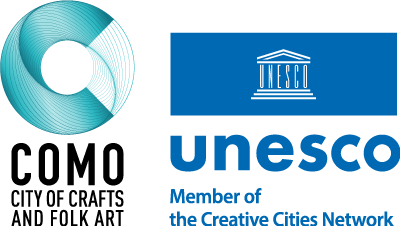The Network
The UNESCO Creative Cities Network
The UNESCO Creative Cities Network was established in 2004 to promote cooperation between cities that have identified creativity as a strategic element for sustainable development.
The network is divided into 8 clusters or creative fields: Crafts and Folk Art, Music, Literature, Design, Media Arts, Gastronomy, Cinema, Architecture.
All Creative Cities are committed to the development and exchange of innovative good practices to strengthen participation in cultural life and to integrate culture into sustainable urban development policies. As such, Creative Cities contribute to achieving the Sustainable Development Goals of the United Nations 2030 Agenda. Among the Network’s most important challenges is the need to bring together geographically and culturally distant realities that must learn to use a common language to understand and share goals and strategies.
In Italy, UNESCO has designated 14 Creative Cities: Como, Biella, Carrara and Fabriano (Crafts and Folk Art), Alba, Bergamo and Parma (Gastronomy), Bologna, Bolzano and Pesaro (Music), Rome (Cinema), Turin (Design), Milan (Literature) and Modena (Media Arts).
